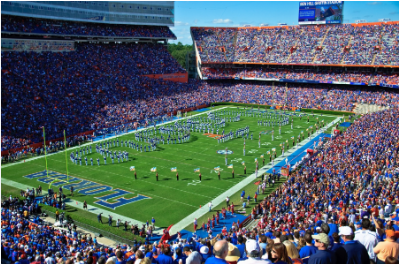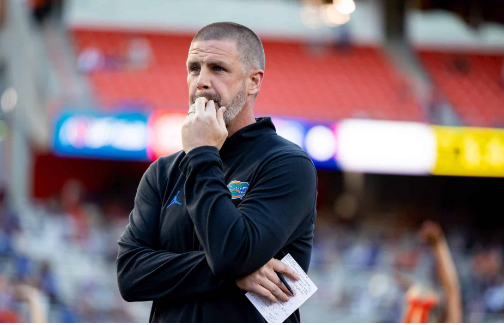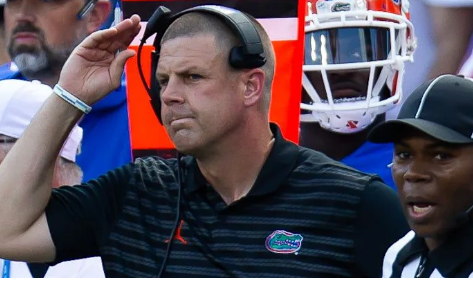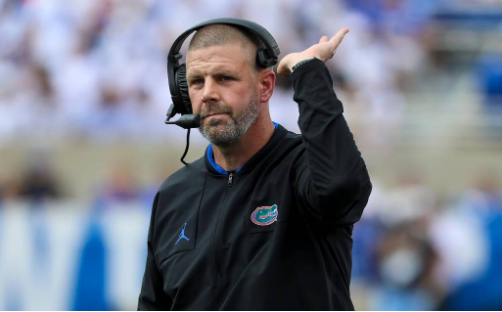Our state schools are concerned about money. They’re also investing hundreds of millions in stadiums.

There is a big contradiction taking place in major college sports.
Administrators are concerned about finances as they prepare to start sharing earnings with players.
“We have to make difficult financial decisions at Alabama every year,” Crimson Tide athletic director Greg Byrne stated. “So if we have to do that, don’t you think most everybody else does, too?”
Of course. But how can we reconcile those financial worries with the reality that Florida, Florida State, USF, and UCF are jointly investing more than $1 billion in football stadium construction/renovation?
Let us try to understand this difficult problem.
Why schools are worried about money
The NCAA and major conferences are nearing a $2.8 billion settlement in the House v. NCAA antitrust case. To help cover the price, the NCAA will reduce its payouts to conferences (and, by implication, colleges). According to preliminary Yahoo! Sports data, the annual cost to American Athletic Conference schools will be around $500,000. The ACC averages closer to $1 million, with the SEC falling somewhere in the center.
The House accord also allows colleges to share up to $22 million with athletes as early as next year. That $22 million needs to come from somewhere.
“In this day and age, we need to look at every dollar we’re spending, making sure it’s going to the best purpose possible,” Gators athletic director Scott Stricklin said at the SEC spring meetings last week.
North Texas and Mississippi have already decided that facility upgrades are not the best immediate goal.
Last year, Arkansas coach Sam Pittman summarized one argument: “If you’ve got enough money, they’d be happy living in a tent.”
What about facilities?
Facility improvements are not only an expense; they also contribute to revenue. According to Stricklin, the Gators’ new baseball stadium generates around seven times more revenue than the old one.
Ben Hill Griffin Stadium’s revenue is unlikely to quadruple following a $400 million refurbishment.
“But could you get close to two times (more)?” Stricklin asked. “If you do, suddenly you’re paying for that project, and you’re paying for some other things as well.”
The reasoning process is similar at USF, where the Bulls are planning a new $340 million on-campus football stadium. Athletic director Michael Kelly stated that the stadium’s additional revenue streams will help the Bulls be more competitive in all areas, including player compensation.
“To me, the ability is there,” Kelly stated.
The facilities arms race has changed
After name, image, and likeness (NIL) payments became allowed in 2021, Bryan McCaffrey of DPR Construction saw a shift in priorities. The focus of facilities shifted from impressing recruits to developing individual players and brands.
The buildings are still excellent. They simply have less bells and waterfalls.
“What can I do with a little less because the student necessarily doesn’t need this?” McCaffrey’s portfolio includes Clemson’s football complex, as well as current work at Georgia Tech’s Bobby Dodd Stadium.
Instead, the emphasis is on paying for things that pupils actually need. Sports medicine and recuperation sectors. There is room for media training. Because of their name, image, and resemblance, more players may buy cars or scooters, resulting in more adjacent parking.
With stadiums, McCaffrey stated that schools are focusing on improving amenities. They are also installing dining rooms, LED lighting, and other technology to do more than just host football games. Both tactics enhance revenue by raising prices or boosting attendance.
The bottom line
During a presentation during Tuesday’s board meeting, USF trustee Oscar Horton expressed astonishment that athletics was not mentioned as a revenue opportunity. If the Bulls could get into the SEC, he said, the financial impact would make some of the choices being consideration “look like pennies.”
Forget about the feasibility of an SEC invitation, and concentrate on the final line. The USF budget is $2.6 billion, and $20 million in revenue sharing or stadium debt appears to be a rounding error.
If institutions, like Horton, perceive athletics as an investment rather than an expense, the sustained facilities push makes more sense, especially in an era of revenue sharing.
“You can see the alignment and the support from the university,” Kelly stated. “The university cannot do it all. It will take a community. We’ll only be limited by what we can acquire from the institution and our supporters.”



